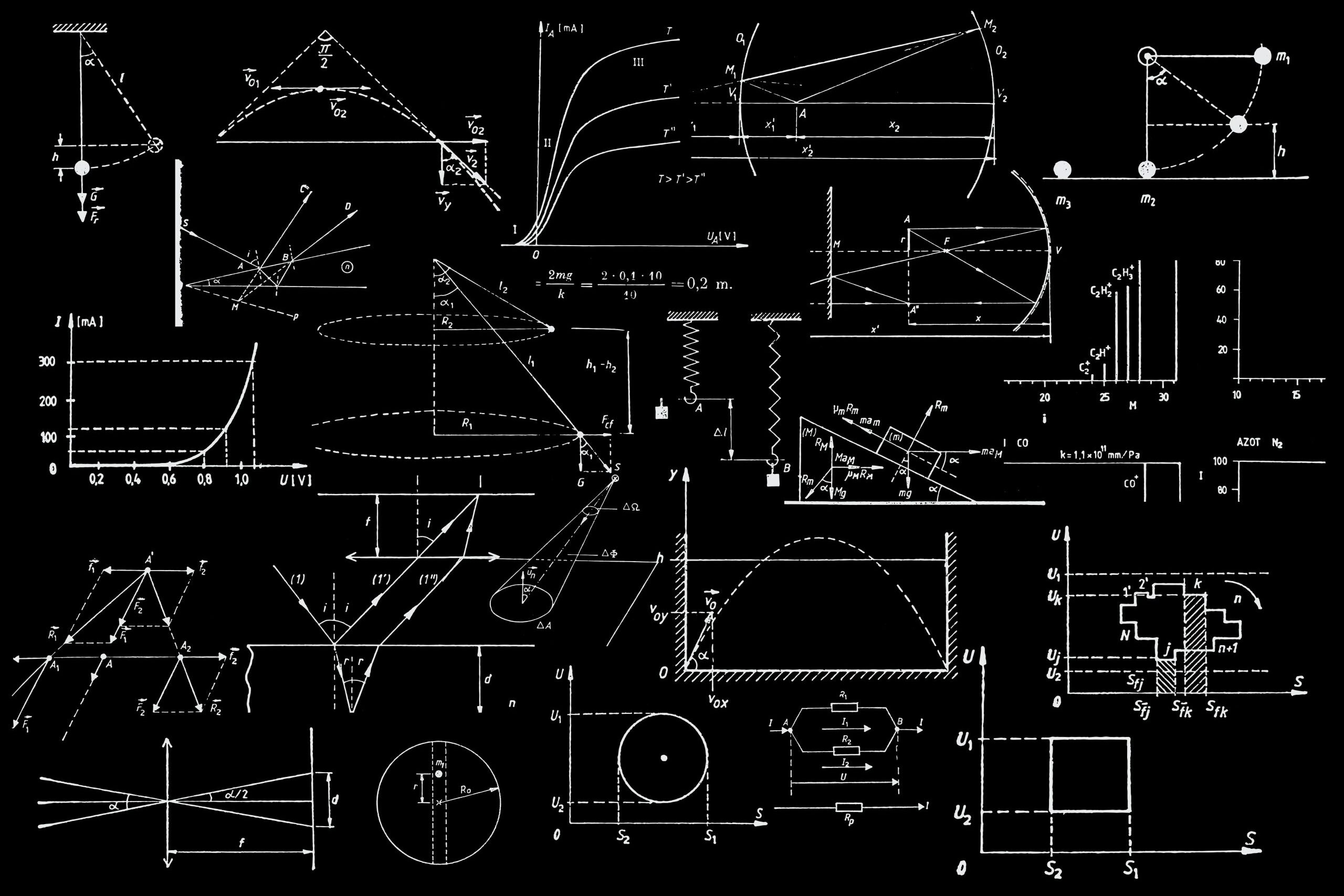With their temperamental measures, math rock songs can be quite challenging to comprehend with just one listen. It usually takes several replays of a single track to fully grasp the intricate harmony within. In a way, math rock is akin to avant-garde films, which demand careful visual analysis to dissect their meaning. Math rock songs, similarly, require fine-tuned auditory scrutiny to derive the intended overall mood.
What Is Math Rock?
Denotatively, math rock relies on mathematical principles to create its specialized sound. It is characterized as an abstract form of progressive rock, and its unconventional time signatures, such as 7/8 or 5/4, create a syncopated, experimental sound. The music is often described as “angular” or “geometric” and demands a significant amount of technical talent from its musicians due to its volatile rhythms and complex chords.
Mainstream pop songs often use the conventional 4/4 time signature to create a predictable sound that listeners can anticipate and recognize as catchy and repeatable. However, time signatures can be fickle in many math rock songs, fluctuating even within measures. This unpredictability makes it difficult to predict the song’s progression. While some listeners may find this challenging, others find it enjoyable and intriguing.
If pop music is algebra, then math-rock could be likened to Calculus, specifically Calculus III. Just as Calculus III builds on the principles of Algebra and Calculus I and II, math rock takes the principles of rock music and pushes them to new, complex heights. The technical skills required to perform math rock songs resemble the advanced mathematical skills required for Calculus III.
Origins of Math Rock
The origins of math rock are not precisely defined and are considered to be a fusion of various musical influences spanning several decades. The genre is believed to have started taking shape as early as the 1950s or 60s with the emergence of “free jazz,” a jazz style that deviated from conventional chord progressions and time signatures. Influential jazz musicians like Miles Davis and John Coltrane sought to incorporate new elements from other genres, such as rock, into their music, paving the way for the development of math rock.
With the growing popularity of free jazz, the style began to influence rock music, leading to the emergence of a hybrid of rock and jazz. Cities like Chicago, Louisville, and Seattle were at the forefront of this movement, and bands like King Crimson and Black Flag played a significant role in the genre’s development in the 70s and 80s. Math rock gradually emerged as a new subgenre of rock, standing in contrast to the global pop trend.
Notable Artists
By the late 90s and 2000s, math rock had become a distinct and influential genre within the broader progressive rock category. The genre eventually split into two distinct styles: one that was more punk-rooted and abrasive and another that incorporated gentler sounds, similar to the Midwest emo genre. This diversification allowed for further exploration and expansion of the boundaries of progressive rock, and math rock continues to evolve and influence contemporary music to this day.
Several math rock artists are known for their softer sound palettes, including American Football, a band from Illinois, the Japanese ensemble Toe, and the Mexican quartet No Somos Marineros. These artists often infuse their music with a sense of nostalgia and melancholy, utilizing slower-paced measures to create moments of reflection and introspection for their listeners.
On the other hand, some math rock bands, such as the Taiwanese ensemble Elephant Gym and the English group Black Midi have a more fast-paced and jazzy sound. The vocals often weave through the intricate instrumentals and the songs feature rapid-fire crescendos and decrescendos that create a sense of being taken through multiple scenes simultaneously, like in a series of movie flashbacks. In an interview, members of Elephant Gym described the artistry behind their music as dream-like: a sound that rearranges reality into a strange orientation that materializes as a dream.
Parts of a Whole
Similarly, in a math rock band, each musician is like a different stand in a crowded market, they each play their own instrument and contribute to the overall sound. The guitar may play a complex melody while the bass adds a driving rhythm and the drums provide intricate beats. Just as the stands in a market have unique offerings, each musician in a math rock band offers distinct musical talents and styles that come together to create a cohesive whole.
However, just as the market can become overwhelming with too much noise and chaos, some listeners may find the frenzied and unpredictable nature of math rock overwhelming or difficult to digest. But for others, the complexity and innovation of the genre make it a fascinating and enjoyable listening experience.
Similarly to stands in a bustling market, the instrumentals in a math rock song can seem at odds with the vocals upon the first listen, as if there is a dissonance brewing within the song. However, in contrast to many other genres, the personalities of the instrumentals and vocals in math rock are in perfect equilibrium. Neither overshadows the other; over time, listeners can appreciate the conversational nature of math rock songs. The sounds bounce off of one another like a funky brainstorming session, creating an engaging and wholly unparalleled listening experience.
Sounds in Math Rock
Electric guitars are an essential component of math rock, and they are often intentionally detuned to create a distinct sound. The drums play a critical role in setting the tempo for the other musicians, bouncing off of other instruments and keeping everyone on pace. Rather than relying on a uniform sound or formula, math rock embraces heterogeneity and instead depends on an overarching theme or emotion for coherence.
Math rock is a paradoxical genre characterized by technical precision and a free-flowing style. Although individual measures may seem discordant, a cohesive theme or mood brings all technical elements together. While the genre is named for its use of mathematical precision, some argue that its definition has expanded to encompass the emotions it evokes rather than strict technical standards. Like a spider’s web, math rock is intricately designed, yet retains flexibility for creativity, resulting in one of the most intellectually dense yet emotionally liberating genres of music.
















